Q&A: Why We Shouldn’t Expect a Downturn
Avison Young Principal John Manning takes us through the ups and downs of the capital markets in 2019 and explains why he is optimistic about next year.
As we move deeper into the last quarter, it seems like a good time to look back on what 2019 meant for commercial real estate investment and capital markets. Despite various internal and external factors that increased volatility, market fundamentals are still strong, particularly for multifamily and industrial asset types. High demand, capital availability and falling interest rates have helped maintain increased investment activity.
So, what should we expect going forward? John Manning, principal in Avison Young’s San Francisco office, reviewed the year to date and shared his bullish predictions for 2020
READ ALSO: Lenders Line Up for Mid-Sized Loans
What are your key takeaways from 2019 when it comes to CRE capital markets?
Manning: Overall, 2019 has been an active year as economic growth has continued and volumes are at or near record levels.
How has the hierarchy of capital sources changed in recent years and what should we expect in the future?
Manning: The traditional sources of debt capital have all been active. Namely, banks, life insurance companies/pension plans, government agencies and to a lesser extent the commercial mortgage backed securities (CMBS or conduit) market. But the standout capital source for 2019 vis-a-vis historical norms has been the proliferation of debt funds. These floating-rate and generally non-recourse lenders will take slightly more risk than banks in terms of asset and borrower quality as well as business plans (i.e. more transitional assets).
There are easily over 100 active debt funds in the market competing for relatively similar opportunities and, thus driving pricing down into the low 200s over LIBOR or even lower at times for the highest quality opportunities. On the equity side, the capital flows have been broad based.
What are the main challenges borrowers and lenders face today?
Manning: Macroeconomic and political uncertainty come quickly to mind. There is a general sense, which I don’t necessarily share, that we’re a decade into an economic recovery so we must be due for a downturn/recession. This sentiment, combined with sluggishness in certain European and Asian economies, has driven down interest rates in 2019. The 10-year Treasury yield as of early November is a full 100 basis points below where we were in January.
That said, a more optimistic perspective would be to look to Australia, which has gone 25 years without a recession, as well as to note that a relatively slow pace of recovery over the last decade would logically indicate a longer positive cycle.
What are your predictions regarding foreign capital entering U.S. markets going forward?
Manning: The U.S. is continued to be viewed as an island of safety and the dollar is the world’s reserve currency. While this won’t last forever, there is little evidence of change in the short term.
Core investments in gateway cities continue to attract foreign capital. What has changed over the past few years is a near total end to the massive amount of mainland Chinese capital flowing primarily into large scale development deals. Though this change has predominantly been driven by Beijing, a few high-profile busts such as the HNA situation or Oceanwide halting two major West Coast development projects haven’t helped the matter.
What asset classes are investors focused on today and how do you think this will shift going forward?
Manning: Look for the interest-rate-sensitive multifamily sector to see increased demand and that will be exemplified by a flight to safety. Core leased office and any industrial of almost any kind will also be in high demand.
The retail sector feels more and more like Kryptonite for core investors. There are exceptions in certain high streets and grocery-anchored centers in strong demographic areas, but these are just that: exceptions.
My personal feeling is that for-sale housing has the potential to rally given the drop in mortgage rates as well as the aging of the Millennial generation.
How would you describe CRE investment in West Coast markets.
Manning: High demand. Low cap rates. Record-setting values on a per square foot basis.
This is entirely driven by the tech sector. When I grew up in San Francisco, it was a world class tourist city and a fairly average regional economy with a few good universities and early technology companies mixed in. Fast forward to today and the San Francisco Bay Area has a larger economy than the 45 states not named California, Texas, New York, Illinois and Florida.
Despite some signs of frothiness in late stage pre-IPO companies and increased political headwinds and scrutiny, the future for the tech sector appears strong in the medium to long term than any other business sector. Seattle in particular, as well as Los Angeles, have also enjoyed the fruits of the rise of the tech sector.
Tell us about the main challenges for investors in the year ahead.
Manning: Global macroeconomic concerns combined with an election year in the U.S. and nervousness following ten years into a recovery.
What should we know about the debt markets as we move into 2020?
Manning: Allocations for balance sheet lenders, banks and bond buyers will remain high as those investment categories target derisking their portfolios’ risk balance toward debt positions vis-a-vis equity investments.



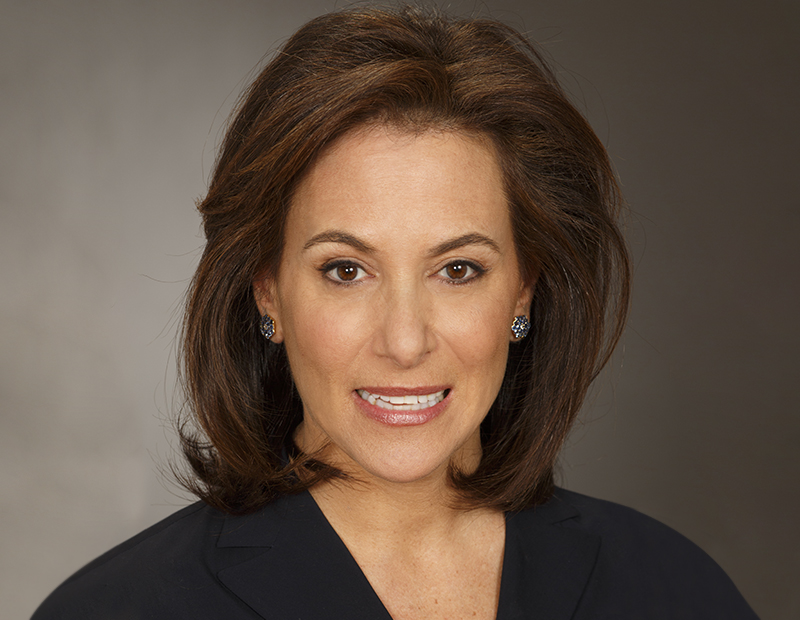
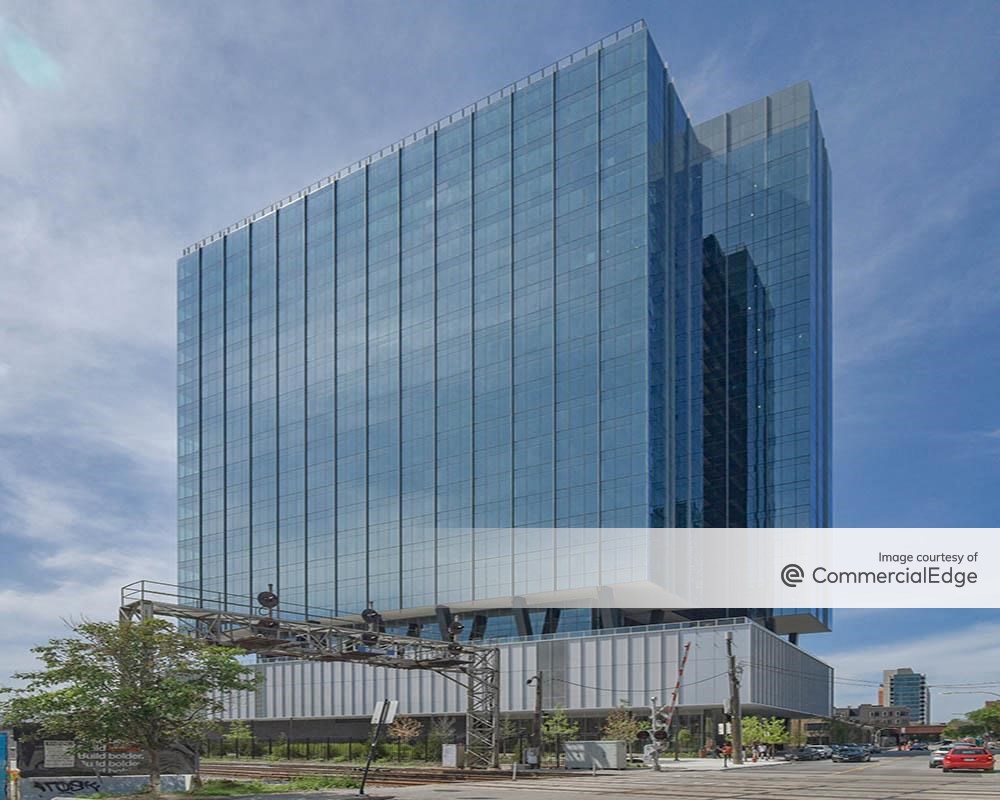
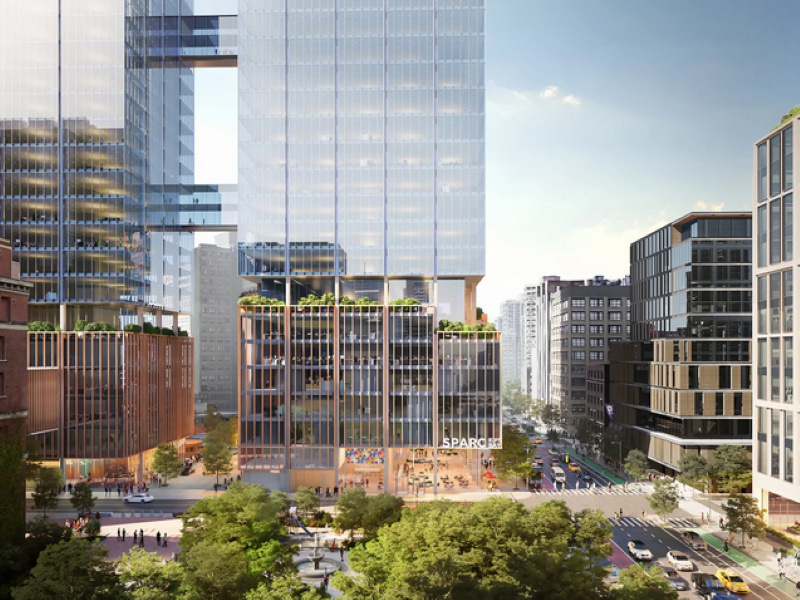

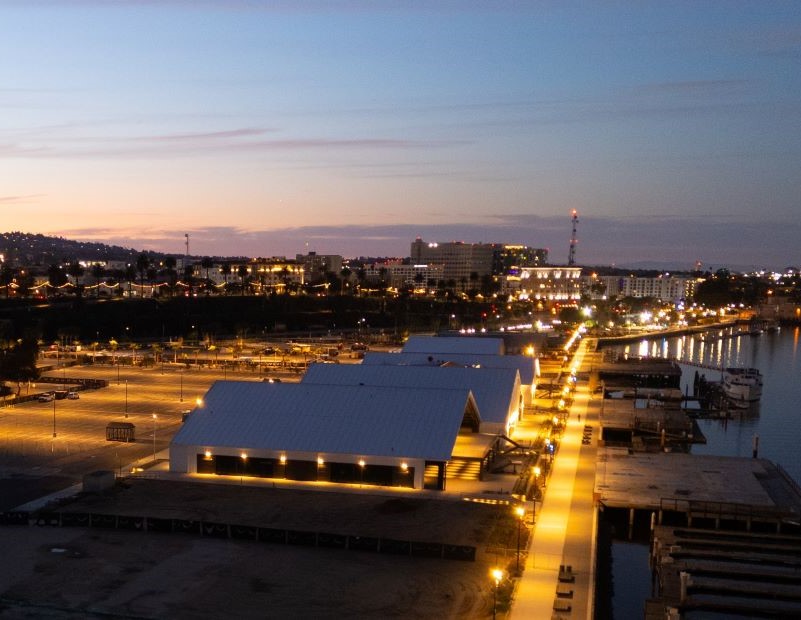
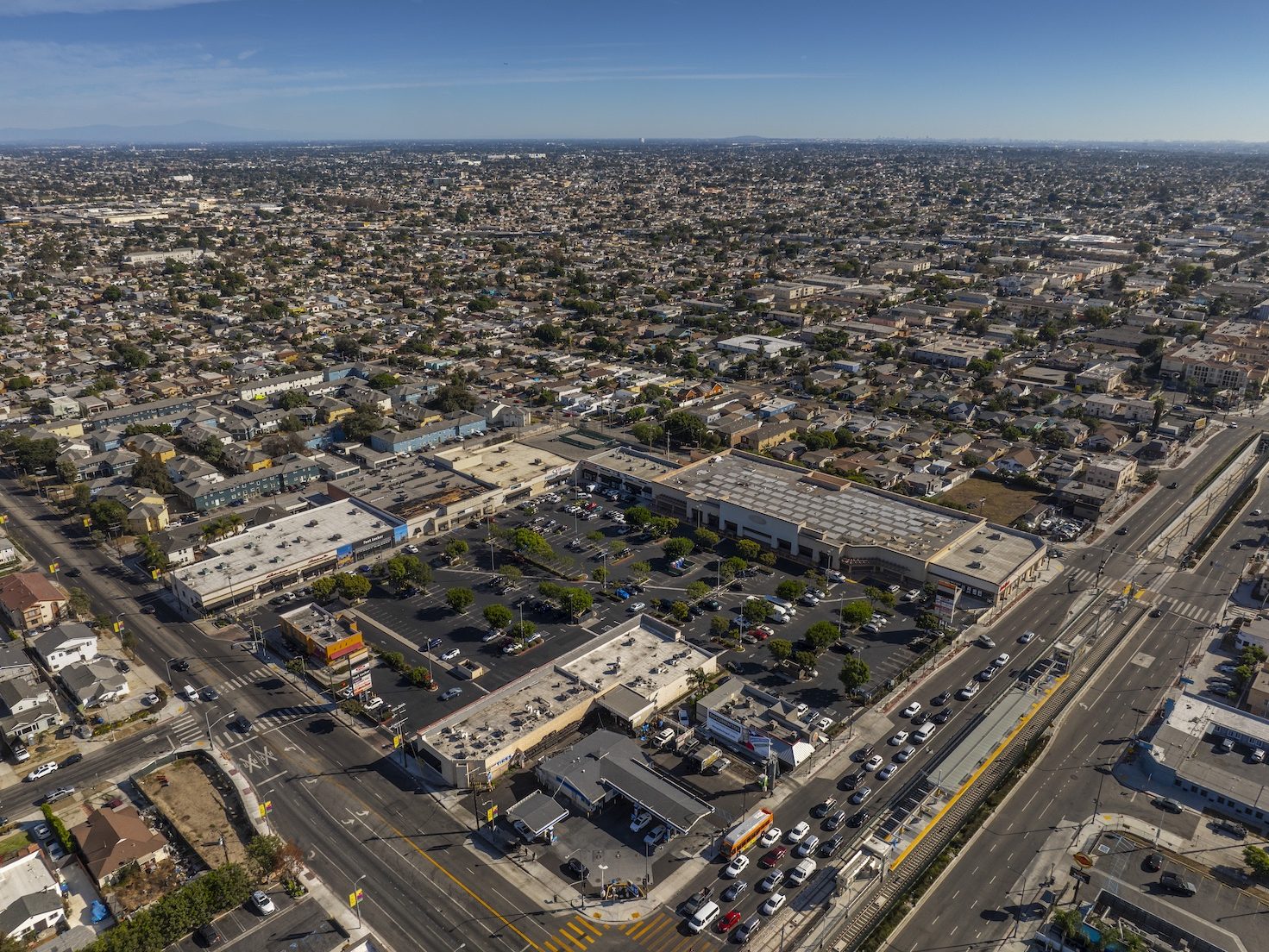
You must be logged in to post a comment.